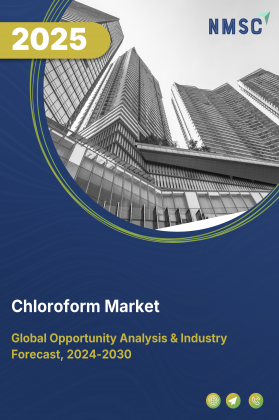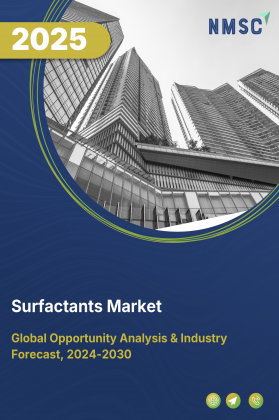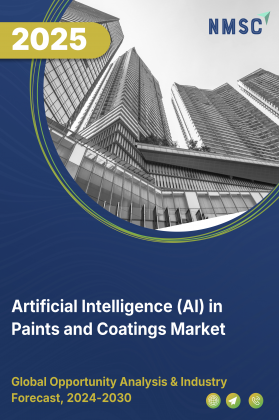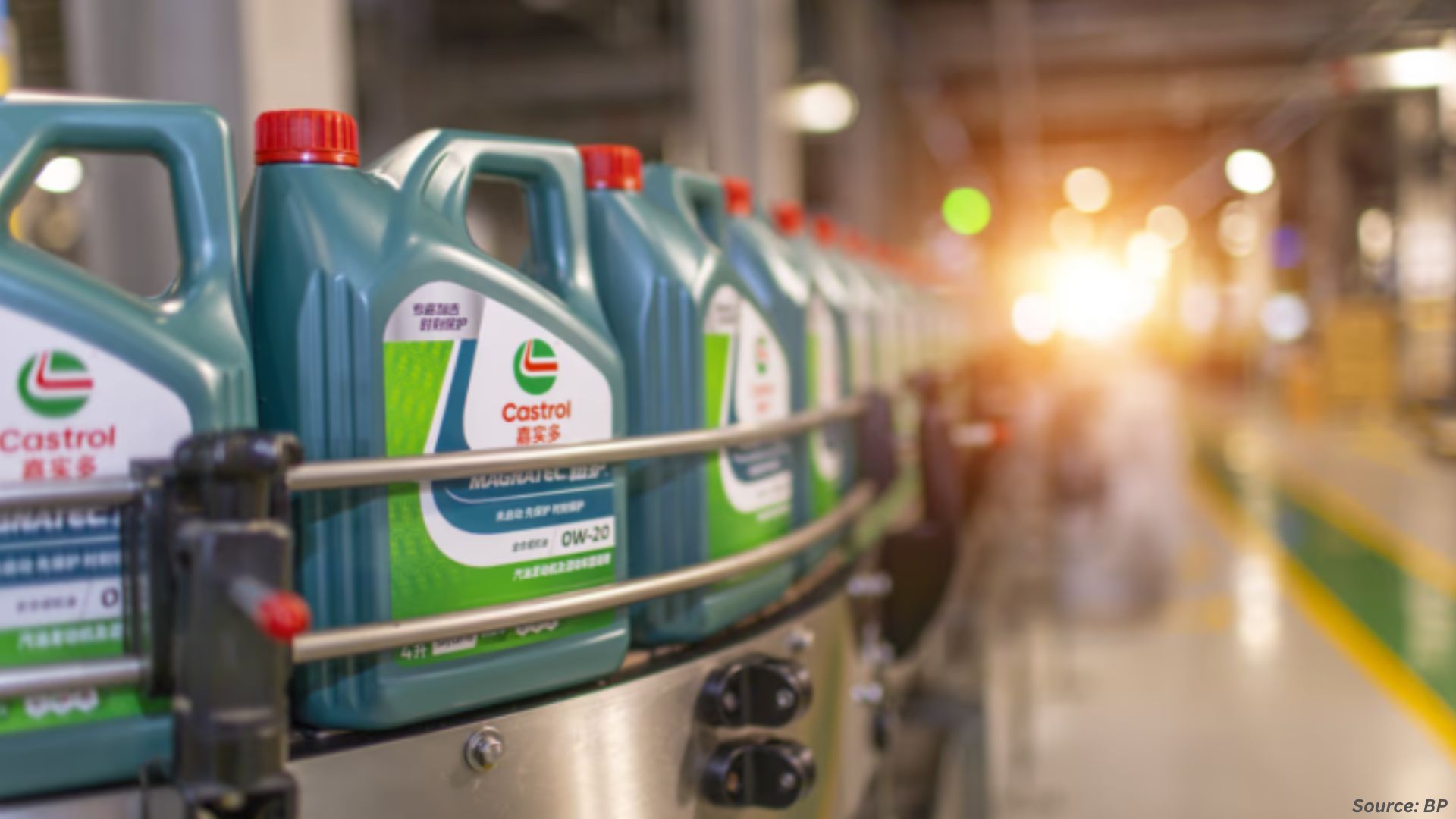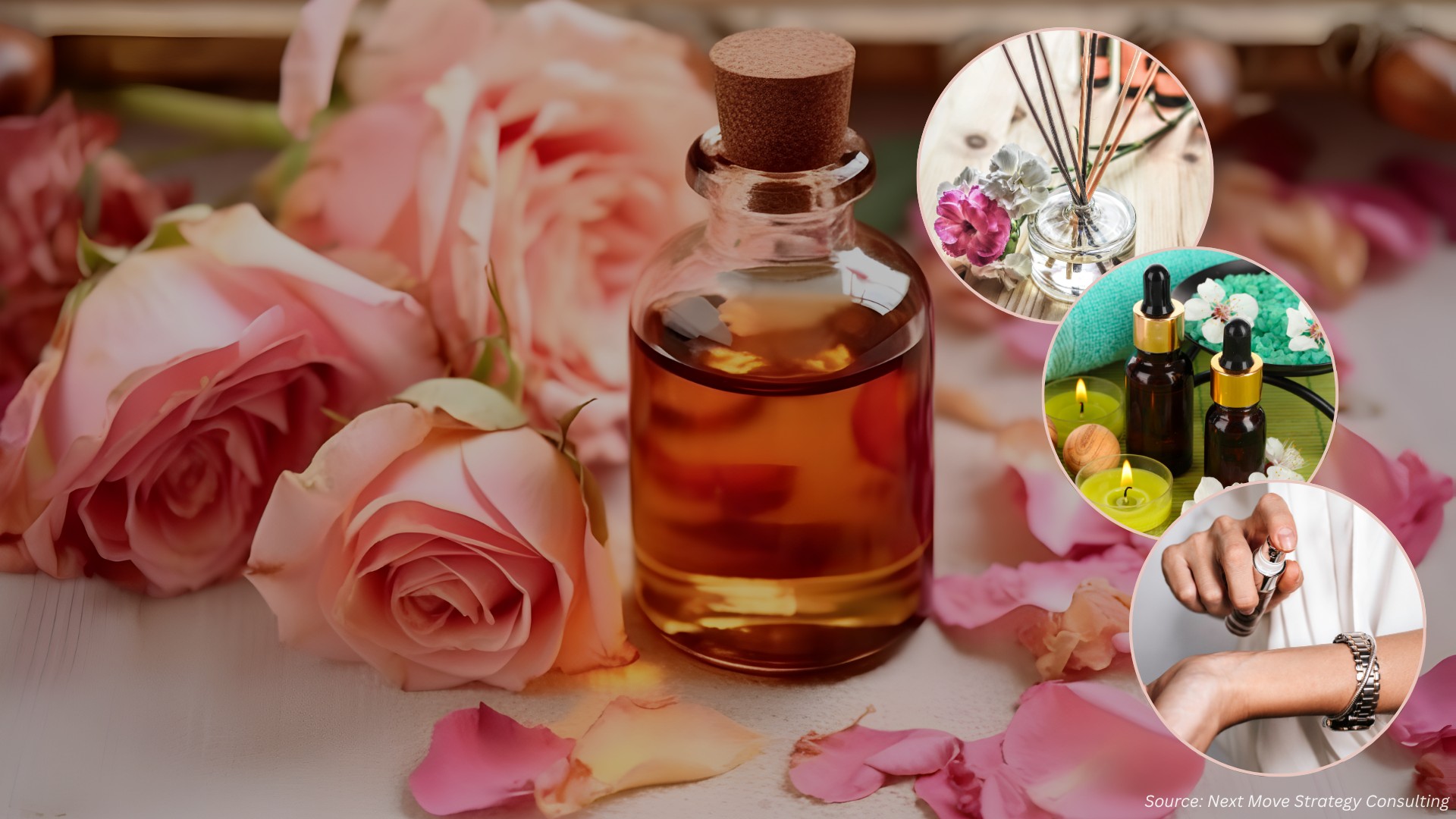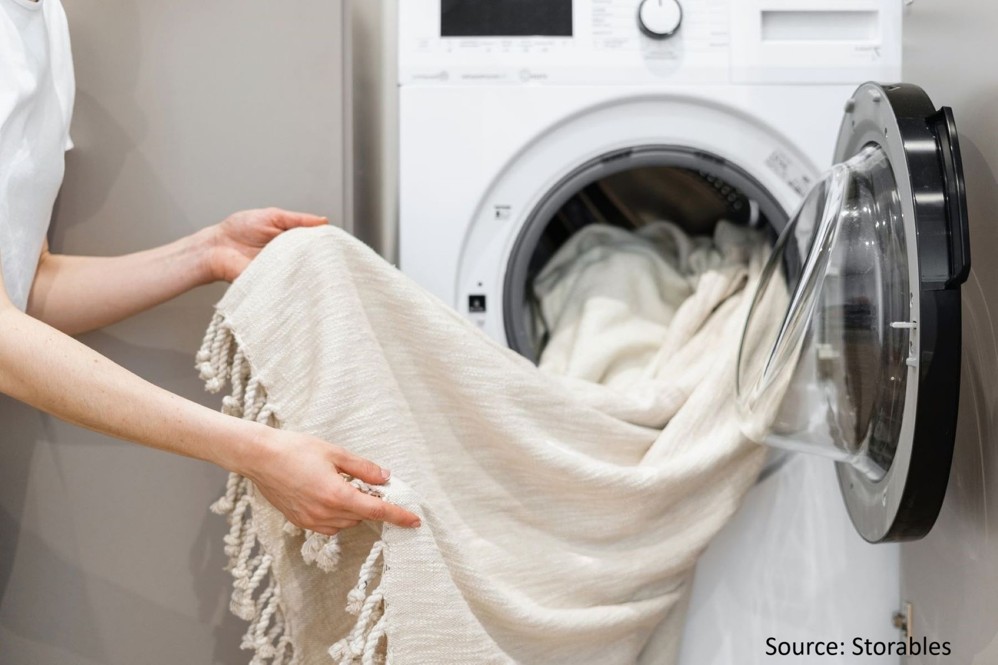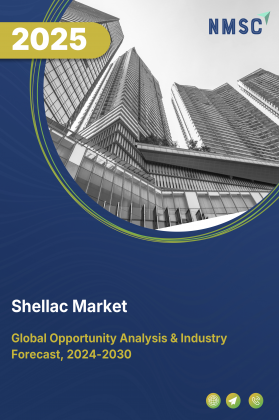
Shellac Market by Nature (Dewaxed Shellac, Bleached Shellac, Wax Containing Shellac), by Form (Flakes, Liquid, Discs/Buttons), by Grade (Food Grade, Technical Grade), by Process (Machine Made, Hand Made), by Functions (Surface Finishing Agent, Coating Agent, Glazing Agent), by Application (Wood Finishing, Food & Beverages, Pharmaceuticals, Paints & Varnishes, Cosmetics & Personal Care, Electrical & Electronics, Industrial, Others) – Global Opportunity Analysis and Industry Forecast, 2025–2030.
Industry Overview
The global Shellac Market size was valued at USD 200.0 million in 2024 and is predicted to reach USD 210.0 million by the end of 2025. The industry is predicted to reach USD 240.0 million by 2030 with a CAGR of 4.82% from 2025 to 2030.
The market is growing rapidly due to increasing demand for natural, eco-friendly materials across food, pharmaceuticals, cosmetics, and wood coatings. Shellac’s biodegradable, non-toxic, and renewable nature makes it an ideal alternative to synthetic chemicals, especially as consumers and industries prioritize sustainability and clean-label products. It is widely used as a protective coating in food and as an enteric coating in pharmaceuticals, driven by rising preferences for safe, natural ingredients.
Supportive environmental regulations further encourage shellac adoption. However, supply challenges arise from the dependence on lac insects, whose populations fluctuate with climate and environmental changes, causing raw material shortages and price volatility. Despite these challenges, the market’s focus on sustainability presents strong growth opportunities for shellac in natural coatings.
Rising Demand for Natural, Eco-Friendly Materials Driving Market Growth
The growing global focus on sustainability and eco-conscious consumption is significantly driving the shellac market growth. As industries and consumers increasingly prefer natural, biodegradable, and non-toxic alternatives to synthetic chemicals, shellac’s renewable origin and environmentally friendly properties make it an ideal choice. This demand is particularly strong in sectors such as food and beverage, pharmaceuticals, cosmetics, and wood coatings, where clean-label products and green manufacturing practices are becoming standard.
Additionally, stricter environmental regulations limiting the use of harmful synthetic substances further boost shellac’s adoption. Together, these factors are accelerating the shellac market expansion by positioning shellac as a trusted, natural solution aligned with the worldwide shift toward sustainability.
Increasing Demand for Food-Grade and Pharmaceutical Coatings Boost the Market Growth
Shellac’s non-toxic, edible, and natural properties make it highly sought after in the food and pharmaceutical industries. In the food sector, shellac is widely used as a glossy, protective coating for confectionery items, fruits, and fresh produce, helping to enhance appearance, prevent moisture loss, and significantly extend shelf life.
In pharmaceuticals, shellac serves as an effective enteric coating that protects tablets and capsules from stomach acid, ensuring controlled drug release and improving patient compliance. The growing consumer preference for safe, natural, and clean-label ingredients in food and medicine is driving increased adoption of shellac, thereby fuelling the overall growth of the market.
Supportive Regulatory Environment and Sustainability Policies Fuels the Market Growth
Increasingly stringent government regulations targeting the reduction of volatile organic compounds (VOCs) and harmful synthetic chemicals are driving industries to seek safer, natural alternatives such as shellac. Environmental policies promoting green manufacturing practices and sustainable sourcing further encourage the adoption of shellac across multiple sectors, including food, pharmaceuticals, cosmetics, and coatings.
This regulatory support not only boosts market confidence by ensuring compliance but also stimulates innovation and investment in shellac-based products and technologies, thereby fostering steady and sustained growth of the market.
Fluctuating Raw Material Supply Limits Consistent Shellac Production
Shellac production relies heavily on the secretion of the lac insect, which thrives only in specific climatic conditions and certain host trees predominantly found in South Asian regions like India and Thailand. Variability in weather patterns, deforestation, and environmental changes significantly affect lac insect populations, leading to inconsistent and sometimes scarce raw material availability. This unpredictability poses challenges for manufacturers in maintaining steady production levels and meeting growing demand, resulting in price volatility and supply chain disruptions.
Rising Demand for Eco-Friendly and Natural Coatings Creates Future Market Opportunities
The global shift towards sustainability and environmentally friendly products is significantly boosting the demand for natural coatings such as shellac. Valued for its biodegradable, non-toxic, and renewable characteristics, shellac is increasingly favoured across key sectors including food, cosmetics, pharmaceuticals, and wood finishing.
With growing consumer awareness about environmental impact and stricter regulations on synthetic chemicals, the adoption of shellac as a natural coating alternative is poised to accelerate, presenting substantial growth prospects in the coming years.
Market Segmentations and Scope of the Study
The shellac market report is segmented by nature, form, grade, process, functions, application, and regions to cater to diverse industry needs and preferences. By nature, the market includes dewaxed shellac, bleached shellac, and wax-containing shellac variants. In terms of form, shellac is available as flakes, liquid, and discs/buttons, each suited for different manufacturing and application processes. The market is further classified by grade into food grade and technical grade. Applications of shellac span a broad range including wood finishing, food and beverages, pharmaceuticals, paints and varnishes, cosmetics and personal care, electrical and electronics, industrial uses, and other specialized fields. Geographically, the market covers North America, Europe, Asia-Pacific, and the Rest of the World, ensuring a global reach to meet demand across different regions.
Geographical Analysis
The North American market is driven by increasing demand for natural and sustainable products, particularly in the food, pharmaceutical, and cosmetics industries. Consumers’ growing preference for eco-friendly and clean-label ingredients is pushing manufacturers to adopt shellac-based coatings.
Additionally, stringent environmental regulations limiting synthetic chemical usage further support shellac’s growth in this region. The presence of advanced manufacturing infrastructure and strong R&D capabilities also contribute to the market’s steady expansion.
Europe is a key market for shellac, with rising awareness about sustainability and environmental impact influencing both consumers and industries. The region's strict regulatory framework on chemical safety and growing demand for organic and natural products in sectors such as food, pharmaceuticals, and wood coatings drive shellac adoption. Countries like Germany, France, and the UK are prominent contributors, supported by investments in green technologies and a well-established supply chain.
APAC represents one of the fastest-growing regions for the shellac market share, fueled by rising industrialization, increasing disposable incomes, and a large consumer base demanding natural and sustainable products. Countries like India, China, Japan, and Southeast Asian nations lead in both production and consumption of shellac. The availability of raw materials, primarily from India and Thailand, supports local manufacturing. Growing applications in cosmetics, food glazing, and traditional uses also boost market growth, alongside expanding export opportunities.
The Rest of the World (RoW) region, including Latin America, the Middle East, and Africa, presents a mixed landscape for the market. While demand is rising in urban centers due to increasing consumer awareness and a shift towards natural products, challenges such as supply chain constraints, price sensitivity, and limited processing infrastructure hinder rapid growth. However, opportunities exist in niche markets like organic food products and eco-friendly catings, with gradual improvements expected as infrastructure and regulatory frameworks develop.
Strategic Developments in the Shellac Industry
Key players in the industry are focusing on sustainable raw material development, technological innovation, and global expansion to strengthen their market presence and ensure long-term supply stability. In June 2025, Chuxiong DES Shellac Co., Ltd. has unveiled plans to establish a large-scale lac raw material base within a 100-kilometer radius of its production facility. The initiative includes the development of 3,500 hectares of cultivation land for lac host trees, with 500,000 Dalbergia Nanling trees already planted and 700 hectares of artificial forest created so far.
Key Benefits
-
The report provides quantitative analysis and estimations of the market from 2025 to 2030, which assists in identifying the prevailing industry opportunities.
-
The study comprises a deep-dive analysis of the current and future shellac market trends to depict prevalent investment pockets in the sector.
-
Information related to key drivers, restraints, and opportunities; and their impact on the market is provided in the report.
-
Competitive analysis of the key players, along with their market share is provided in the report.
-
SWOT analysis and Porters Five Forces model is elaborated in the study.
-
Value chain analysis in the market study provides a clear picture of roles of stakeholders.
Shellac Market Key Segments
By Nature
-
Dewaxed shellac
-
Bleached shellac
-
Wax containing shellac
By Form
-
Flakes
-
Liquid
-
Discs/Buttons
By Grade
-
Food Grade
-
Technical Grade
By Process
-
Machine Made
-
Hand Made
By Functions
-
Surface finishing agent
-
Coating agent
-
Glazing agent
By Application
-
Wood Finishing
-
Food & Beverages
-
Pharmaceuticals
-
Paints & Varnishes
-
Cosmetics & Personal Care
-
Electrical & Electronics
-
Industrial
-
Others
By Region
-
North America
-
The U.S.
-
Canada
-
Mexico
-
-
Europe
-
The UK
-
Germany
-
France
-
Italy
-
Spain
-
Denmark
-
Netherlands
-
Finland
-
Sweden
-
Norway
-
Russia
-
Rest of Europe
-
-
Asia-Pacific
-
China
-
Japan
-
India
-
South Korea
-
Australia
-
Indonesia
-
Singapore
-
Taiwan
-
Thailand
-
Rest of Asia-Pacific
-
-
RoW
-
Latin America
-
Middle East
-
Africa
-
Key Players
-
Chuxiong DES Shellac Co., Ltd.
-
Shellacthailand
-
SSB Stroever GmbH & Co. KG
-
Hind Suter Shellac Pvt. Ltd.
-
D. Manoharlal (Shellac) Pvt. Ltd.
-
Jamnadas International
-
SK Shellac
-
Vishnu Shellac Factory
-
RK Shellac Industries
-
Prakash Shellacs Factory
-
Lexportex India Pvt. Ltd.
-
Parwati Lakh Udyog
-
Kajaria Shellac
-
Jagdamba LAC Factory
-
Kantilal Brothers
Report Scope and Segmentation
|
Parameters |
Details |
|
Market Size in 2025 |
USD 210.0 Million |
|
Revenue Forecast in 2030 |
USD 240.0 Million |
|
Growth Rate |
CAGR of 4.82% from 2025 to 2030 |
|
Analysis Period |
2024–2030 |
|
Base Year Considered |
2024 |
|
Forecast Period |
2025–2030 |
|
Market Size Estimation |
Billion (USD) |
|
Growth Factors |
|
|
Countries Covered |
28 |
|
Companies Profiled |
15 |
|
Market Share |
Available for 10 companies |
|
Customization Scope |
Free customization (equivalent up to 80 working hours of analysts) after purchase. Addition or alteration to country, regional, and segment scope. |
|
Pricing and Purchase Options |
Avail customized purchase options to meet your exact research needs. |

















 Speak to Our Analyst
Speak to Our Analyst



